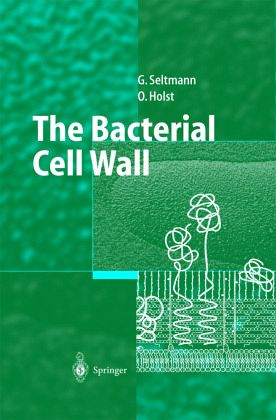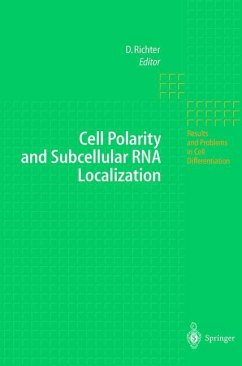
The Bacterial Cell Wall
Versandkostenfrei!
Versandfertig in 1-2 Wochen
115,99 €
inkl. MwSt.
Weitere Ausgaben:

PAYBACK Punkte
58 °P sammeln!
The bacterial cell wall plays an important role in the interaction between bacteria and their environment. Thus, knowledge of the cell wall structure helps us to understand the biological properties. This volume presents a comprehensive description of all main cell wall components of both gram-negative and -positive bacteria (including mycobacteria) and archaea. Surface components outside of the cell wall, i.e. capsules, S-layers, and appendices (flagellae, fimbriae, pili), are discussed and the genetic background of their chemical structures is elucidated. On the basis of the structural background, the biological properties are explained. Methodological topics are also presented and critically discussed.
The bacterial cell wall represents a very complex structure disconnecting the interior of single-cell organisms from the environment, thus protecting, but also enabling, them to interact with the surrounding milieu and to exchange both substances and information. Knowledge of the biochemistry of the cell wall (components) and the genetic background helps to understand their significance with regard to microbiology and immunology of bacteria. This book represents the second edition of a publication which was presented nearly 20 years ago in the German language (Die bakterielle Zellwand). Since that time our knowledge in this field has been significantly enlarged. Therefore, the manuscript had to be completely revised and updated. To maintain both the size and the introductory character of the book at least to a great extent, the authors had to restrict the presented material to that which appears basic and most important. This requirement must inevitably bring about many subjective factors. As pointed out in the first edition, the term cell wall was not taken too strictly. Since the constituents located outside the cytoplasmic membrane are frequently difficult to divide in structure, localisation, and/or function into true cell wall components and supplementary substances, they are all at least briefly mentioned.












